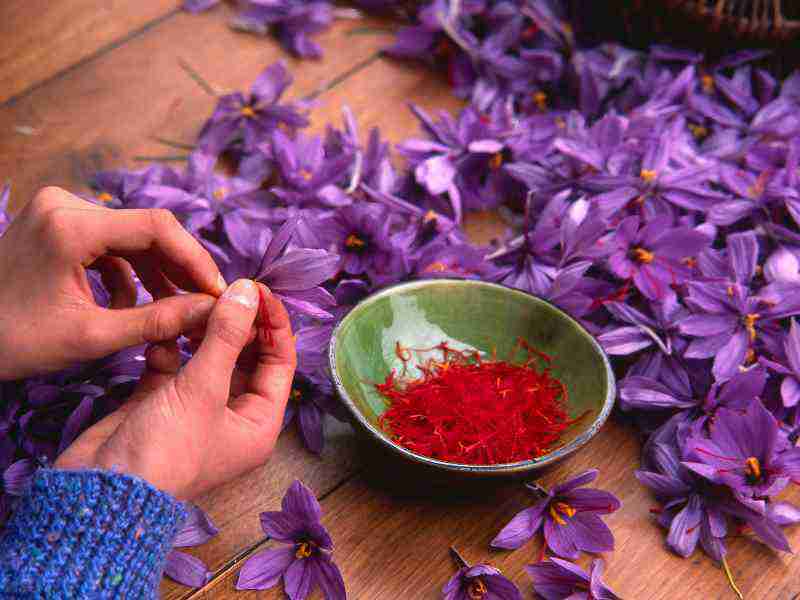Advantages of building a saffron greenhouse
Saffron is one of the most expensive spices in the world, which many people consider native to Iran and specific to the eastern regions of the country. Learn more about the benefits of building a saffron greenhouse.
Saffron is one of the most expensive spices in the world, which many people consider native to Iran and specific to the eastern regions of the country. Cultivation of saffron brings significant benefits to farmers. For this reason, many countries like China are trying to take over the market of this product by building greenhouses for growing saffron.
If Iranian saffron farmers do not improve their industrial agriculture in line with foreign countries, we may see the monopoly of global markets by China in the future.
In this article, we intend to help you earn more profit and help our country maintain its global position by describing the benefits of building a saffron greenhouse. Stay with us.
Advantages of building a saffron greenhouse
The new method of growing saffron flower has several advantages compared to traditional methods, which include:
1. Saving water consumption
As you know, Iran is a country with a dry climate and has been struggling with the water shortage crisis for the past few years. It is interesting to know that a large part of the country's water consumption is consumed in the agricultural sector, most of which is wasted during irrigation.
In this situation, choosing methods that are effective in managing the water crisis and will save water consumption are very important. Farmers prevent water loss in the greenhouse environment due to the possibility of controlling humidity and even using new methods such as hydroponic cultivation.
2. Keeping the original taste and smell
Probably, if you have seen the cultivation and harvesting process of saffron in Qain villages, you know that traditional farmers harvest the flowers in the twilight and before sunrise. According to them, the reason for this work is to preserve the aroma, color and taste of saffron; Because sunlight will reduce the quality of these three features.
But by building a greenhouse and cultivating saffron in it, farmers can control the amount of light and other important factors and thus keep the quality of the final product at the highest level.
3. Increase efficiency
The density of cultivation in agricultural land is much lower than in the greenhouse environment, as a result, the yield per hectare of land in the greenhouse method will be higher than in traditional cultivation.
The amount of stigma harvested per hectare of land with the traditional method is approximately 6-7 kg, but this number is higher in modern greenhouse methods and sometimes reaches 25 kg.
4. Reduction of pests and diseases
Onions planted by farmers in the traditional way are susceptible to pests and various diseases due to remaining in the soil, which lead to the loss of quality or the loss of the plant. However, with the construction of the saffron greenhouse, farmers remove the onions from the soil in June every year and transfer them to the greenhouse.
This work is effective in controlling pests and preventing their attack despite possible risks such as damage to the roots.
Important points about the construction of a saffron greenhouse
It is better to know that the greenhouse cultivation method, along with the advantages we have mentioned, also has some weaknesses, the most important of which is the high cost of constructing a greenhouse.
Contrary to popular belief, even greenhouse cultivation needs soil, which is the main place for plant growth. In this method, after the plant is dormant, the onion is transferred to the greenhouse and returned to the soil after harvesting.
This process and the amount of money that farmers have to spend for relocation has increased the cost of building a saffron greenhouse compared to traditional cultivation.

